LocalOak
Established Member
Hi
More questions I'm afraid, and I suspect they might be linked.
First off, I am getting some chatter and tear out on the inside of my bowls which I'm having a great deal of difficulty getting rid of. It is appearing on the inside of the bowls near the outer edge. If I understand correctly you need to use a bowl gouge to finish inside the bowl but can use a scraper nearer the middle. I have been trying to use nothing but the bowl gouge but I'm struggling with that and have resorted to the round nose scraper at times near the centre. However, I have tried both scraper and bowl gouge to eliminate the chatter and tear out, with no luck.
Here's a fairly poor photo of the problem.
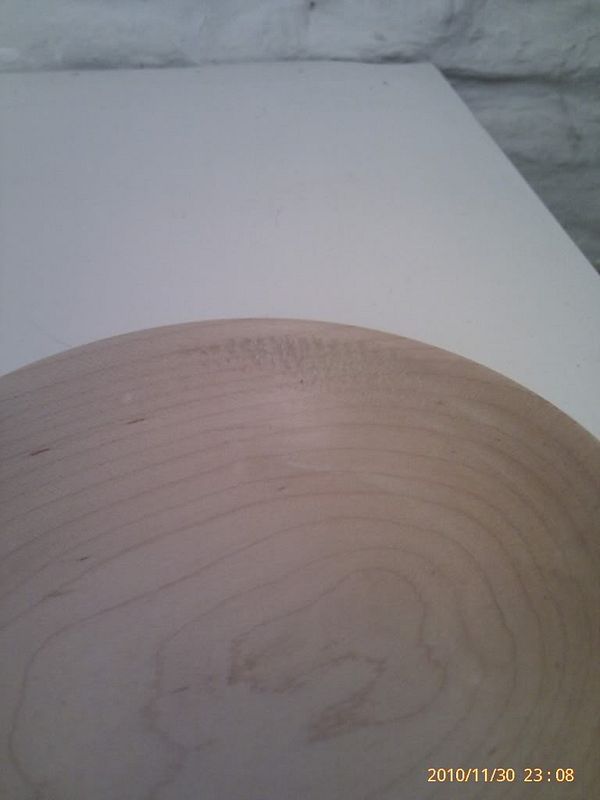
[Edit, added another photo]
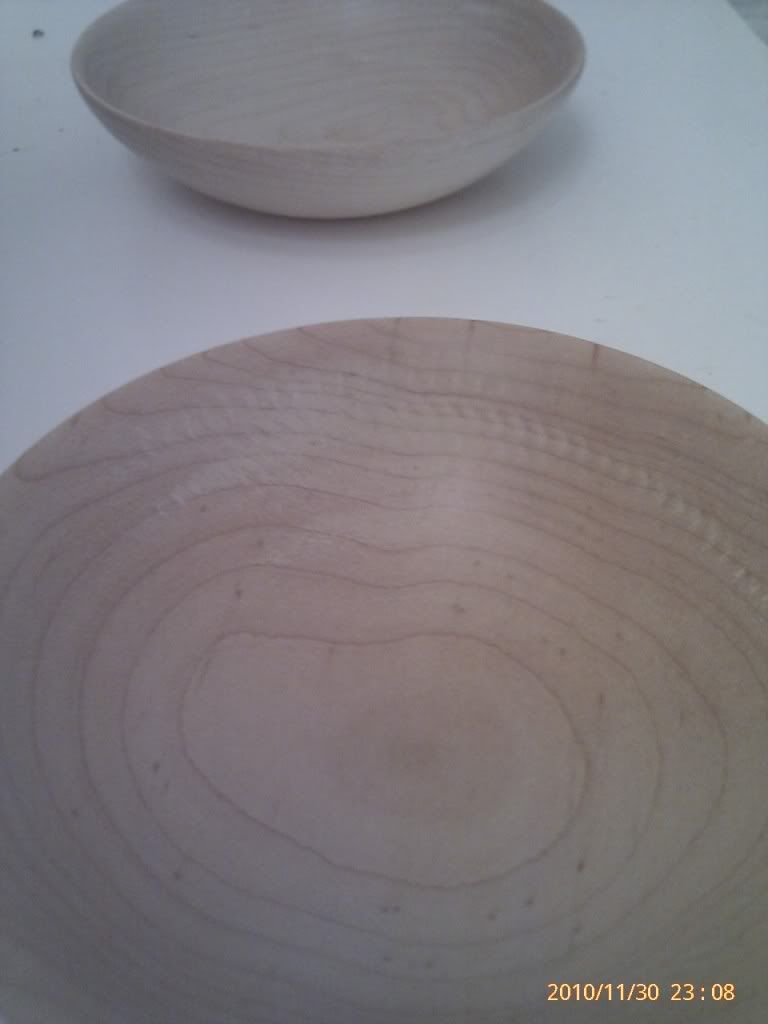
My next question is about the gouge I'm using. I inherited it and it is the most bowl gouge like tool in the kit but I'm not sure it is a true bowl gouge, having spent a bit of time surfing the slope. It is about 7mm across in total, with an almost square profile and a very very shallow flute. I have tried to photograph it but it's tricky, these are my best attempts.
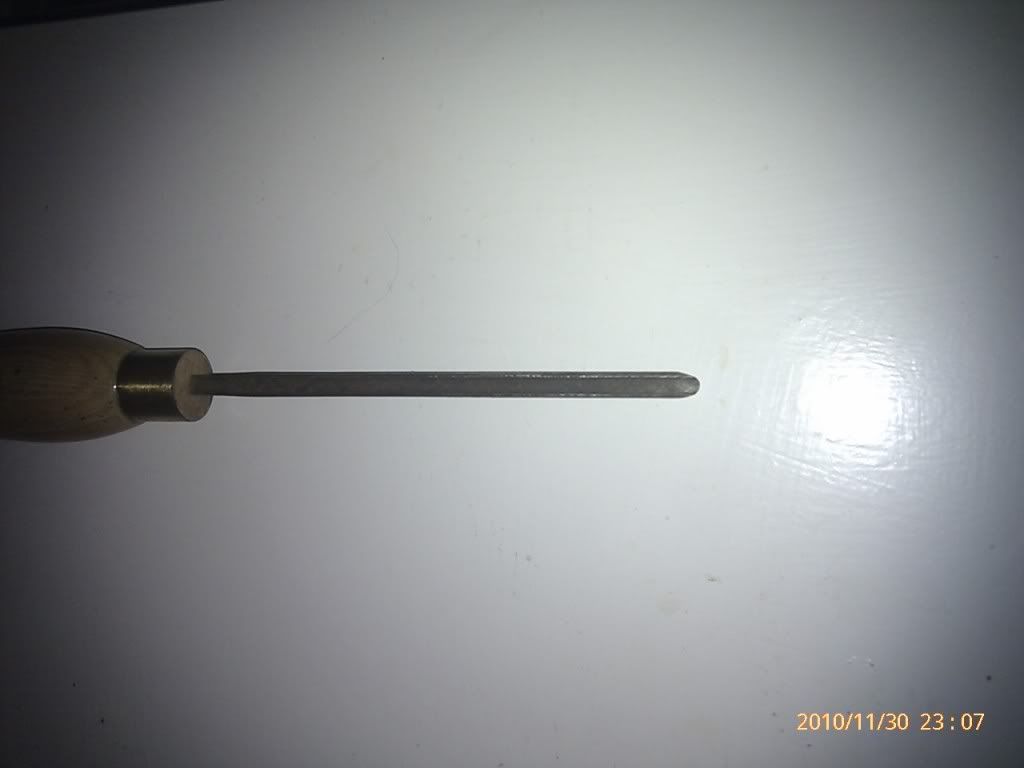
and
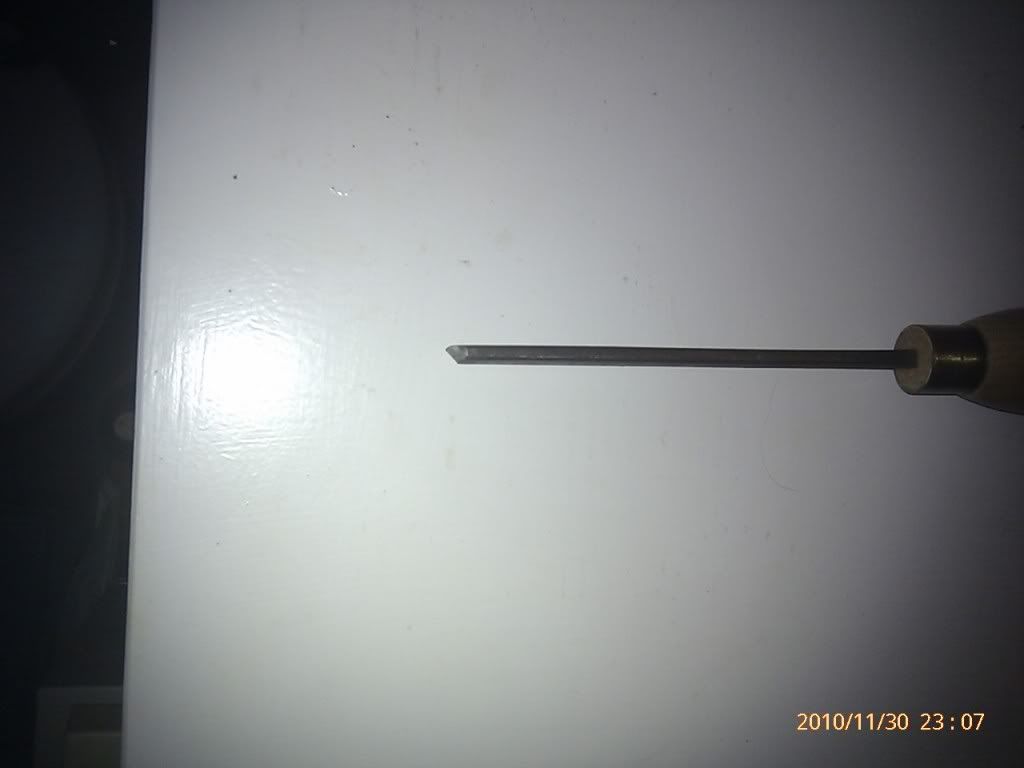
and
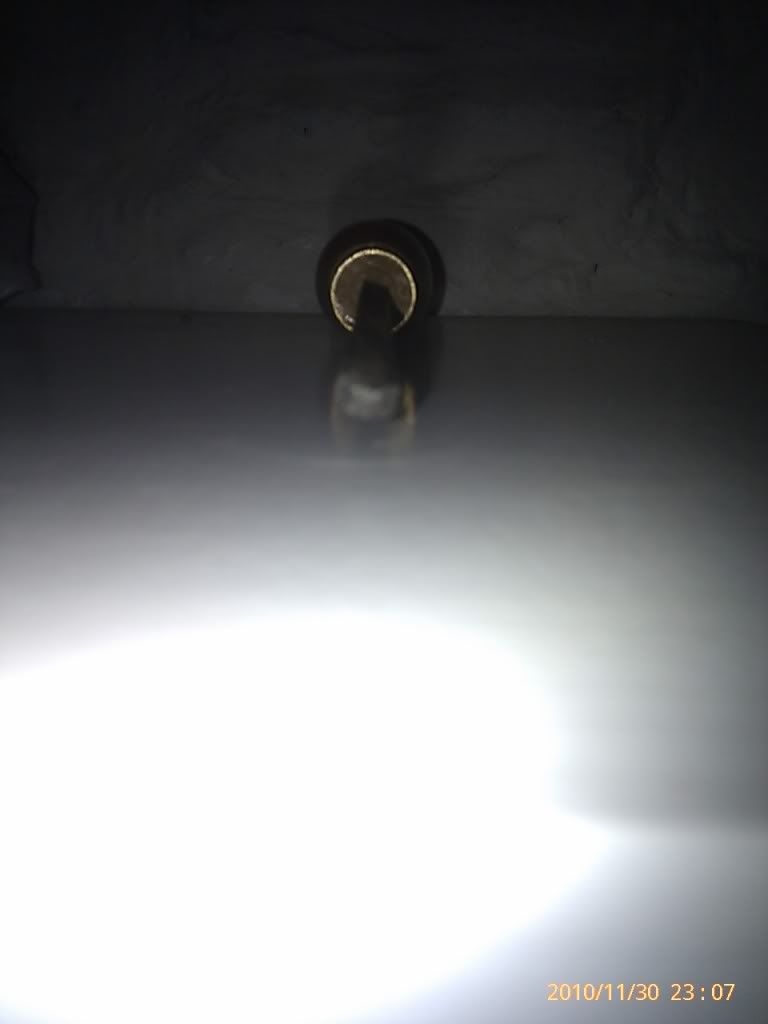
and
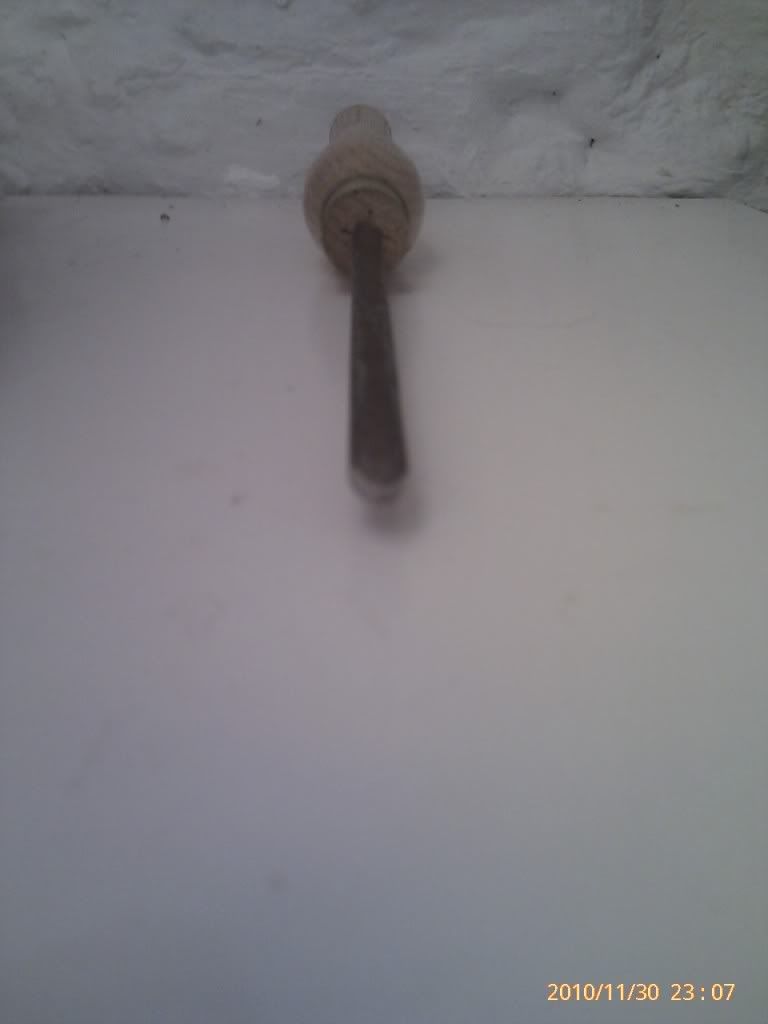
I've ground it to an approximate fingernail with a shop made jig, which seems to work well, and I can cut with it. But it is tricky to control and digs in quite a lot. So my question is, is it really a bowl gouge, and if not, what is it?
I have my eye on a 3/8 superflute from Xmas, will that make my life easier?
Thanks in advance for any help.
Toby
ps. I've really got the turning bug now, and producing a bowl a night every time I get out to the shed.
More questions I'm afraid, and I suspect they might be linked.
First off, I am getting some chatter and tear out on the inside of my bowls which I'm having a great deal of difficulty getting rid of. It is appearing on the inside of the bowls near the outer edge. If I understand correctly you need to use a bowl gouge to finish inside the bowl but can use a scraper nearer the middle. I have been trying to use nothing but the bowl gouge but I'm struggling with that and have resorted to the round nose scraper at times near the centre. However, I have tried both scraper and bowl gouge to eliminate the chatter and tear out, with no luck.
Here's a fairly poor photo of the problem.

[Edit, added another photo]

My next question is about the gouge I'm using. I inherited it and it is the most bowl gouge like tool in the kit but I'm not sure it is a true bowl gouge, having spent a bit of time surfing the slope. It is about 7mm across in total, with an almost square profile and a very very shallow flute. I have tried to photograph it but it's tricky, these are my best attempts.

and

and

and

I've ground it to an approximate fingernail with a shop made jig, which seems to work well, and I can cut with it. But it is tricky to control and digs in quite a lot. So my question is, is it really a bowl gouge, and if not, what is it?
I have my eye on a 3/8 superflute from Xmas, will that make my life easier?
Thanks in advance for any help.
Toby
ps. I've really got the turning bug now, and producing a bowl a night every time I get out to the shed.




